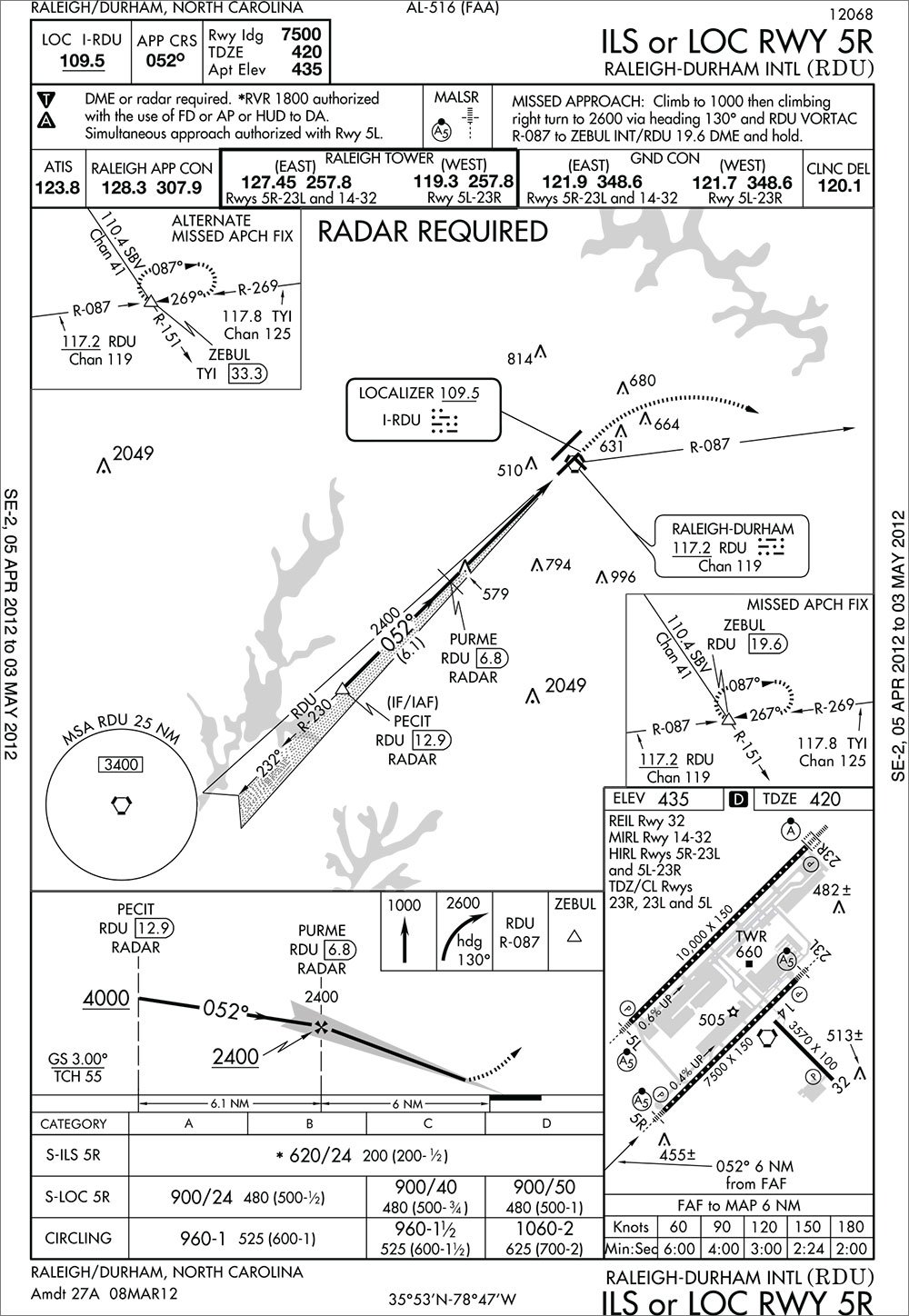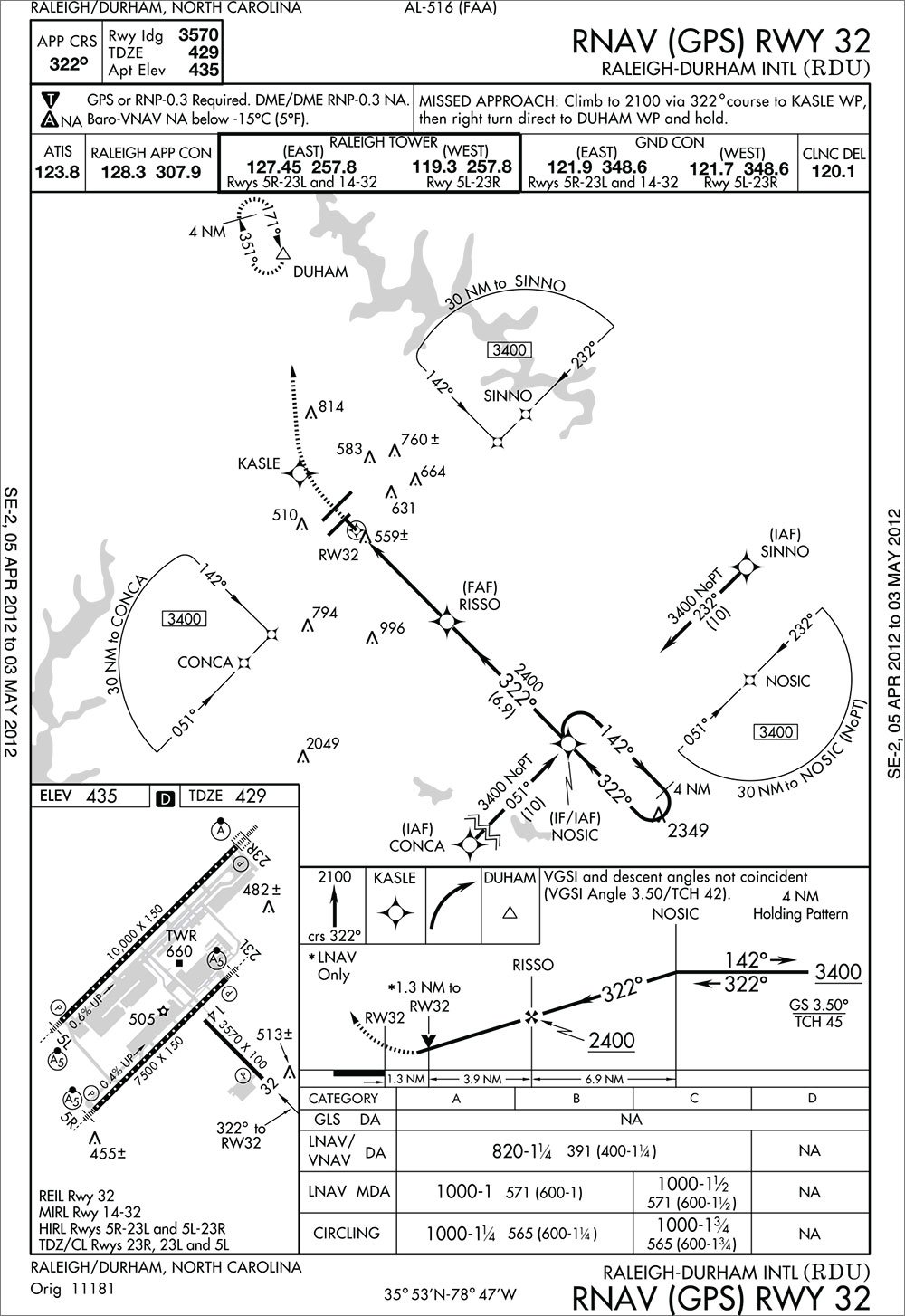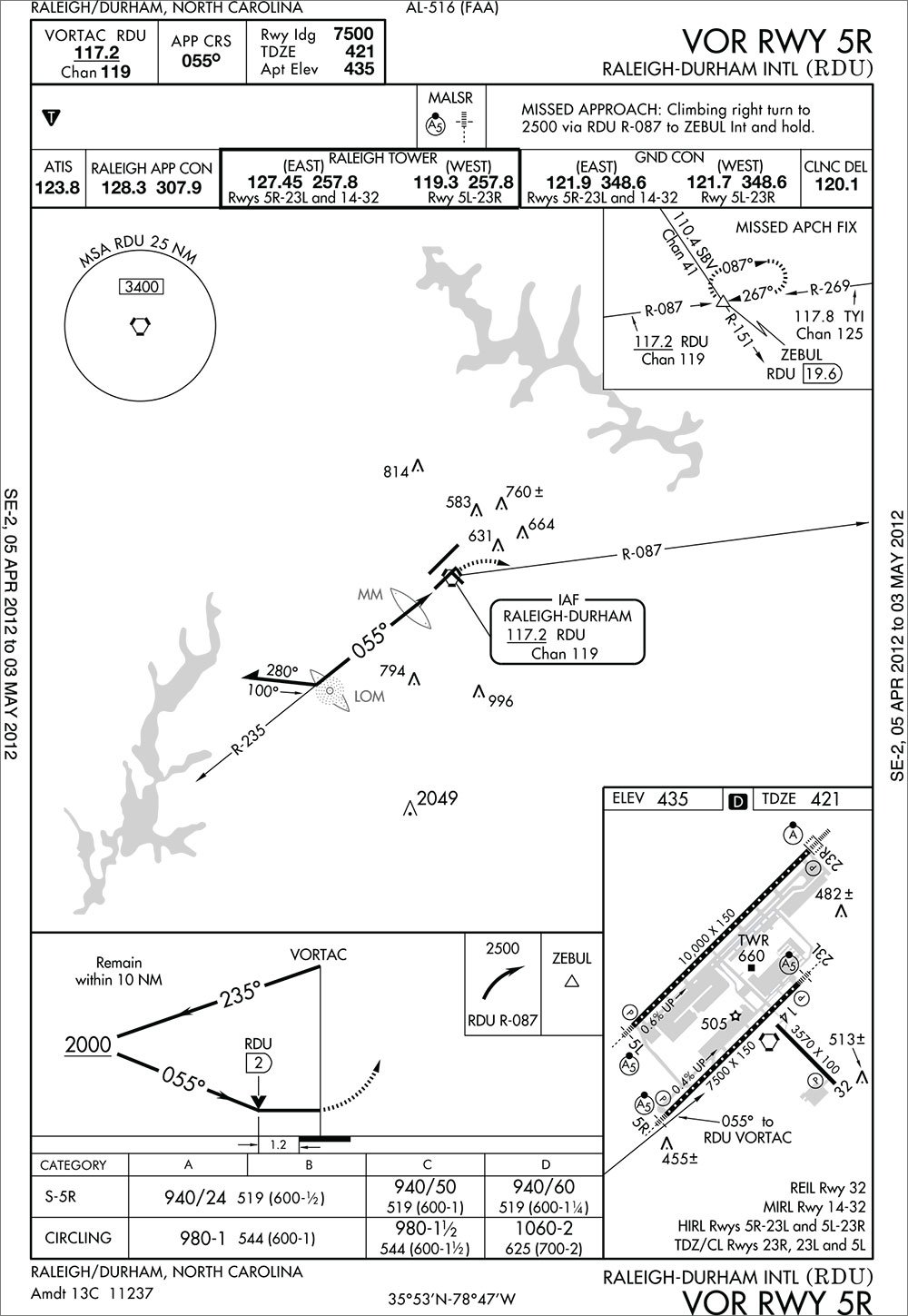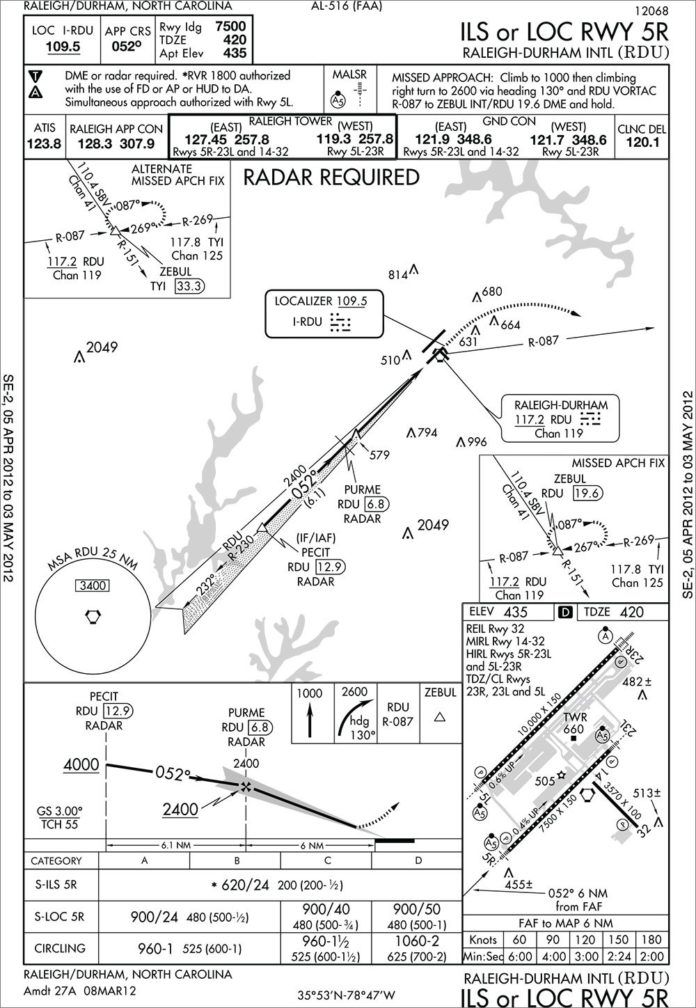You’ve got to mind the details when it comes to takeoff and alternate notes. But it doesn’t help when the details themselves don’t make logical sense.
Non-standard is one of those tricky terms that could mean anything from a trivial change to a detail critical enough to change your whole game plan—or ruin your day if ignored.

That’s why it’s an annoying, but essential, step to check the chart notes when you’re departing an airport in IMC or filing an airport as an alternate. It’s easy to forget that what’s usually true for both those cases has exceptions.
Climb and Maintain
Every airport with a published instrument approach is assessed for an instrument departure. The menu of departures has earned whole articles, but we’re only concerned about two here: The diverse departure and the obstacle departure procedure (ODP).
If an aircraft can depart a particular runway 35 feet AGL at the departure end and climb at 200 feet per mile in any direction with sufficient obstacle clearance, it qualifies for a diverse departure.
You know a runway qualifies for a diverse departure by a lack of any note telling you otherwise. For Aeronav users, this means checking the Takeoff Minimums and Obstacle Departure Procedures for the airport, which are located in their own section of the approach-chart book.
This section is usually reproduced in its entirety on the iPad, so even if you tap the reference on a specific airport’s information page, you’ll have to scroll through the alphabetical list to find that airport. (Tip to the wise: Check the name of the airport’s town on the approach plate, because the listings are alphabetical by town, not airport name.)

If you don’t see a listing, you can accept ATC’s clearance of “… on departure, fly heading 270, climb and maintain …” without worry.
If, however, some runways require some special maneuvering to climb safely, you’ll see that listed under the sub-heading “Departure Procedure.” If you’re departing one of these runways, you need to consider this procedure as part of your departure. If you’re departing an uncontrolled field, it’s worth putting “Will fly the published ODP” in the remarks section of your flight plan. Don’t count on a clearance relayed from ATC via a call to Flight Service to keep you out of the trees.
On the other hand, if you are being handled by a tower, or have been radar identified by ATC before receiving your clearance in the air, they are taking responsibility for terrain clearance. Not that you should simply trust blindly—knowing the ODP is still a good idea—but their instructions should keep you out of harm’s way. You can still request the ODP if you want it.
You’ll also find takeoff minimums here if they are non-standard. Part 91 pilots aren’t bound by takeoff minimums, but it’s worth noting that professional pilots may not be able to depart certain runways in lower weather. Lastly, you’ll find low, close-in obstacles that could be an issue if your climb performance was compromised at just the wrong time.

Takeoff minimums and ODPs apply to specific runways, but you’ll find the warning to check for them on every Aeronav approach plate for an airport where they apply for any runways.
Jepp users get this info in one, simpler step.:The back of the airport-information plate shows takeoff minimums and any ODPs for specific runways.
Alternate Thinking
We file entire airports as alternates, but it’s really individual approaches that qualify the airport as an alternate. IFR groundschool pounds into the heads of the aspiring that weather must be forecast higher than 600 and 2 for an alternate with a precision approach and 800 and 2 for an airport with a non-precision approach. That’s the standard, but if you see an on the approach plate, that approach is non-standard. Seeing how non-standard is another slog through an alphabetical listing to see which runways are not standard and what the forecast must be to use that airport as an alternate if you’re depending on that specific approach. So long as there’s at least one approach you can fly whose minimums are lower than the forecast, it’s acceptable weather-wise.
Jepp users get this information on the same airport information plate, showing all the minimums for all approaches, standard or not.
You can see how this plays out in Jepp and Aeronav data on these pages. A close study will also turn up an error. The RNAV (GPS) Rwy 32 shows NA—not authorized, meaning the approach isn’t eligible for an alternate at all. That’s odd, because NA status is usually because the airport doesn’t have approved weather (which would invalidate all the approaches) or the approach facility isn’t monitored (which doesn’t apply to GPS). Note that the Jepp plate doesn’t say any approaches are not authorized.
Jepp is right. This NA is left over from 2002, when alternate minimums weren’t authorized for RNAV approaches. By the time you read this, it should be fixed by NOTAM or a new chart.





